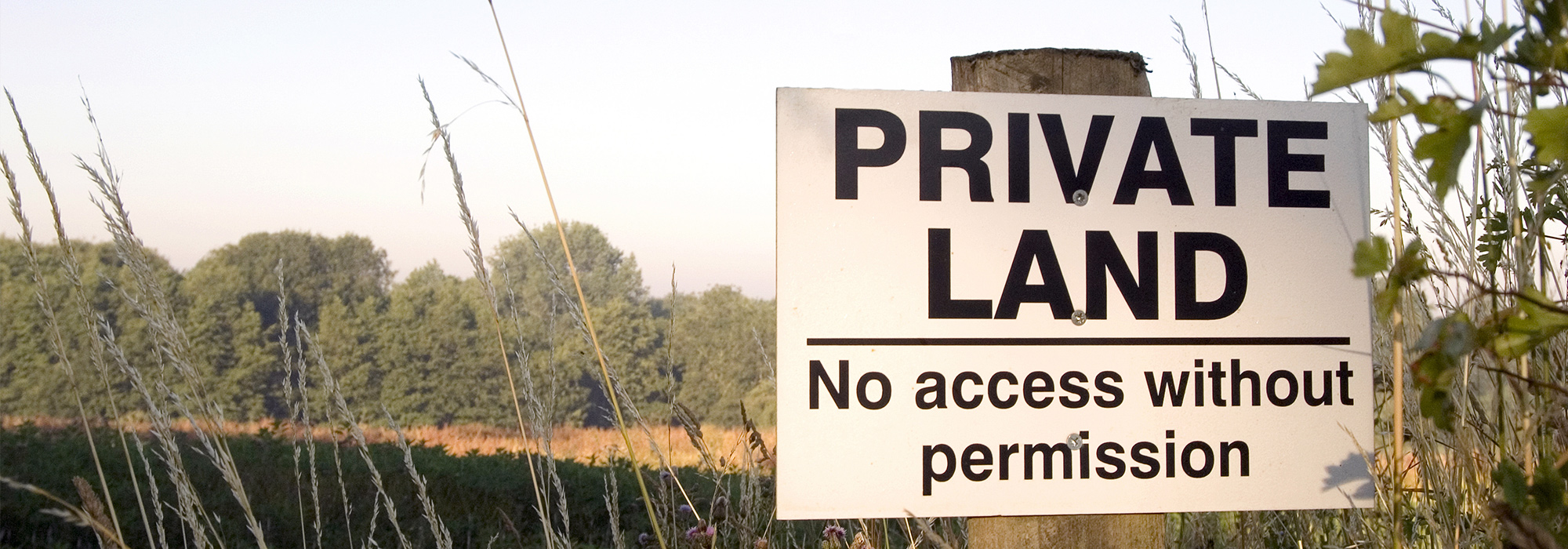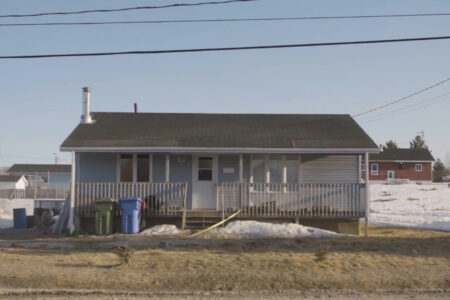
In Indian country, one of the most pressing conundrums may be addressing the axiom that “the more calls there are for change, the more things stay the same.”
In his latest book, Beyond the Indian Act: Restoring Aboriginal Property Rights, University of Calgary political science professor Tom Flanagan, along with Wilfrid Laurier University political scientist Christopher Alcantara and Simon Fraser University’s André Le Dressay, makes a compelling case for the relationship between property rights and access to prosperity for Canada’s First Nations.
This debate is an important one, with ramifications that reach far outside the domain of Aboriginal affairs. The vastness of Canada’s wealth in natural resources and the fabric of the Indian Act reserve system are fundamentally interwoven in a manner that precious few Canadians comprehend — save perhaps the purveyors of Aboriginal law who have a created a cottage industry around navigation outside the Indian Act.
As a political scientist, Flanagan has a significant grasp of the issue. His contribution to Beyond the Indian Act is a clear and insightful treatise on peoples and property. It’s also based on a fact long obscured by the sands of time: in 1873, Minister of the Interior David Laird admonished that “the great aim of the Government should be to give each Indian his individual property as soon as possible.”
Laird clearly understood the link between property rights and selfsufficiency, as evidenced by Flanagan’s further citing of some of his wisdom: “The Indian who makes a laudable effort to provide for the support of his family, seeing that his stores often have to go to feed his starving brethren, then loses heart, and drops down to the precarious hand-tomouth system of the band generally.”
While it cannot be forgotten that the aim of the Indian Act was based in the notion of assimilation, there was a school of thought that the extension of property rights would help safeguard the interests of Aboriginal peoples within Canadian society.
Nearly 130 years later, the litany of failures around so many aspects of the Indian Act should compel us to actively consider the counsel of Flanagan and his colleagues around matters of First Nations property rights.
While it cannot be forgotten that the aim of the Indian Act was based in the notion of assimilation, there was a school of thought that the extension of property rights would help safeguard the interests of Aboriginal peoples within Canadian society.
A former chief of the Kamloops Indian Band and current chief of the First Nations Tax Commission, Manny Jules, echoes the same thinking. Chief Jules believes that the extension of property rights combined with permanent First Nations jurisdiction — including the granting of taxation powers — is essential to First Nations home ownership, wealth building and economic development.
The flip side to this is simple: without property rights the status quo succeeds — and that works in no one’s favour. The progressive minds in Canada’s Aboriginal affairs community need to embrace this thinking and work to create a groundswell that will lead to the development of legislation to enable First Nations private property rights.
Equally important to this context are the pockets of entrenched resistance to any form of change to the Indian Act. It’s through the Indian Act that the chiefs get their power, and it’s power that is not buttressed with any legislative or program requirements for accountability to citizens of First Nations reserves.
There are many leaders who fearmonger around the notion of Flanagan’s even remote involvement in Canada’s Aboriginal affairs. Any suggestion that Canada’s Aboriginal affairs are being driven by Flanagan is absolutely groundless. What gets missed in the dialogue around such popular misconceptions, though, is that the ideas contained in Beyond the Indian Act: Restoring Aboriginal Property Rights bear serious consideration.
The resistance to changing the Indian Act might be expected from those leaders intensely reluctant to cede their power base in the interests of more accountable, transparent and economically sustainable governance.
What has begun to occur, though, is the notion of incremental, progressive change coming from within First Nations leadership. People like Manny Jules, Chief Clarence Louie and activist Calvin Helin are becoming known as representative of the future of First Nations and Aboriginal affairs in Canada. Their views are raising eyebrows, provoking debate and pulling thought around Aboriginal public policy kicking and screaming into the 21st century — and not a moment too soon.
Without property rights the status quo succeeds — and that works in no one’s favour. The progressive minds in Canada’s Aboriginal affairs need to embrace this thinking and work to create a groundswell that will lead to the development of legislation to enable First Nations private property rights.
Restoring property rights to First Nations is the right thing to do for both moral and economic reasons. It’s an effective means to ending a system of dependency on government that has served no purpose other than to line the pockets of chiefs and band councils.
Home ownership is fundamental to this endeavour, and this fact is clearly illuminated in Beyond the Indian Act:
There will never be adequate housing on Indian reserves as long as most homes are built and owned by government. Only a housing market, based on a combination of rental and home ownership as exists in the rest of Canada, can balance supply and demand and keep the housing stock in good repair. In short, it is a question of property rights — there must be owners who take pride in their own homes and see them as a savings vehicle, as well as landlords for whom housing is an investment to yield a profitable return.
Perhaps the most telling message in Beyond the Indian Act comes from Manny Jules’ testimony to the Standing House Committee on Aboriginal Affairs around its review of the proposed First Nations Governance Act:
The system created by the Indian Act and administered by the Department of Indian Affairs has shut us out of the economy. At best, it has ruined our investment climate. At worst, it has stolen the hope of our children. Everyone recognizes there is a need for change. I see a future where there is no Indian Act. It has been replaced by First Nations legislation…I see a future in 10 years where we are all full participants in the economic union.
I see a future in 10 years as bright as yours. In my vision, First Nations have been restored as true partners in the federation. We participate in the global economy.
In three years it will have been a decade since Manny Jules uttered these words. We need to get cracking about effecting real change to achieve his practical, pragmatic and purposeful vision.
It’s time Canada and First Nations leaders everywhere across this country embraced the tenets of the thesis laid out in Beyond the Indian Act: Restoring Aboriginal Property Rights. There’s a wealth of good ideas in its pages. There’s a wealth of effort needing to be applied in the achievement of its goals — and there’s wealth to be generated through its application to the benefit of the First Nations peoples so clearly deserving of prosperity.
Photo: Shutterstock






